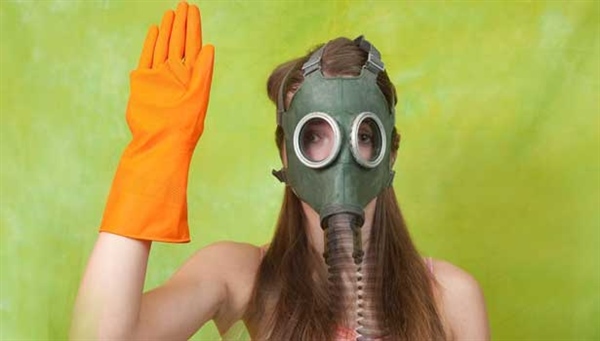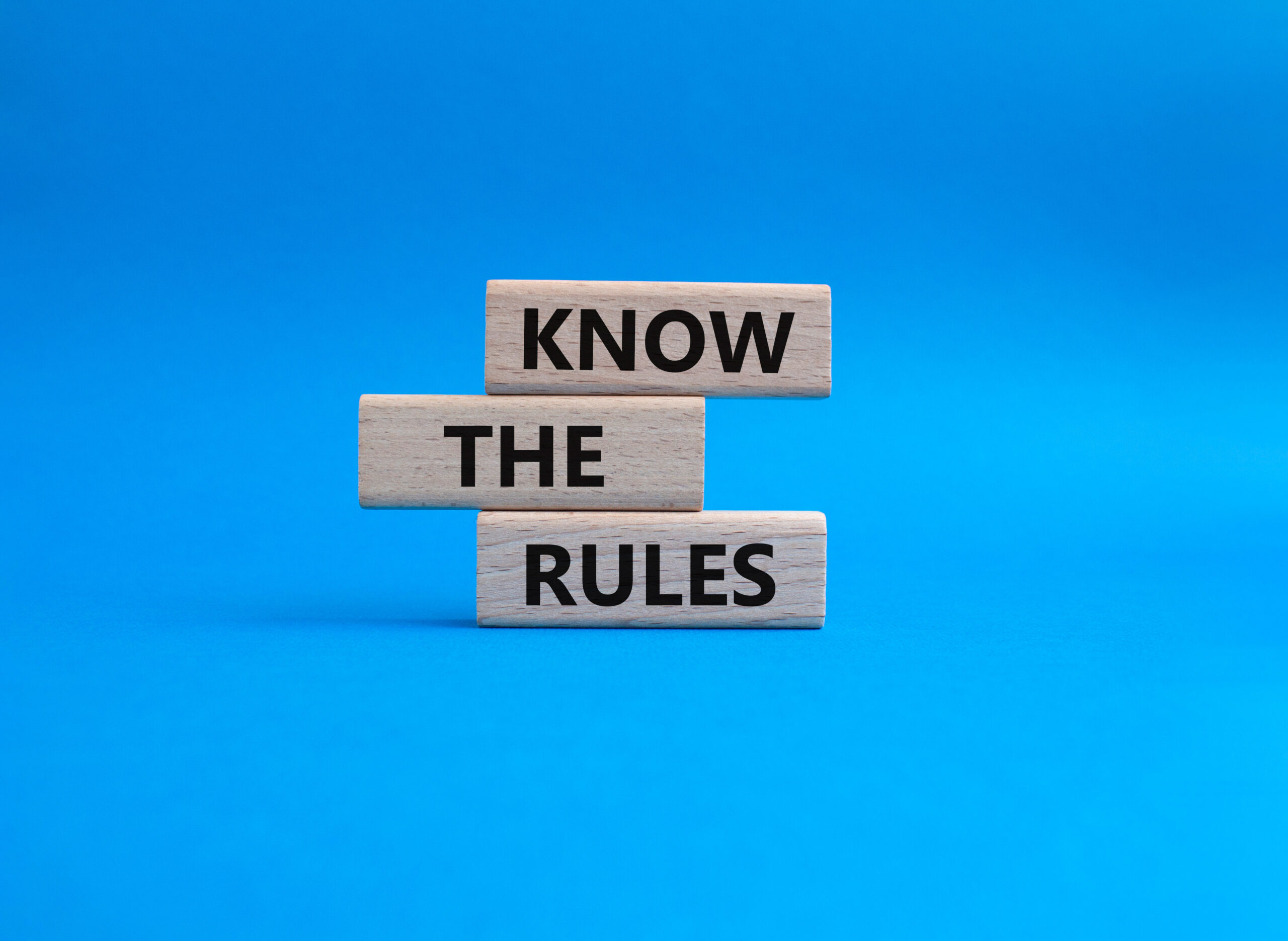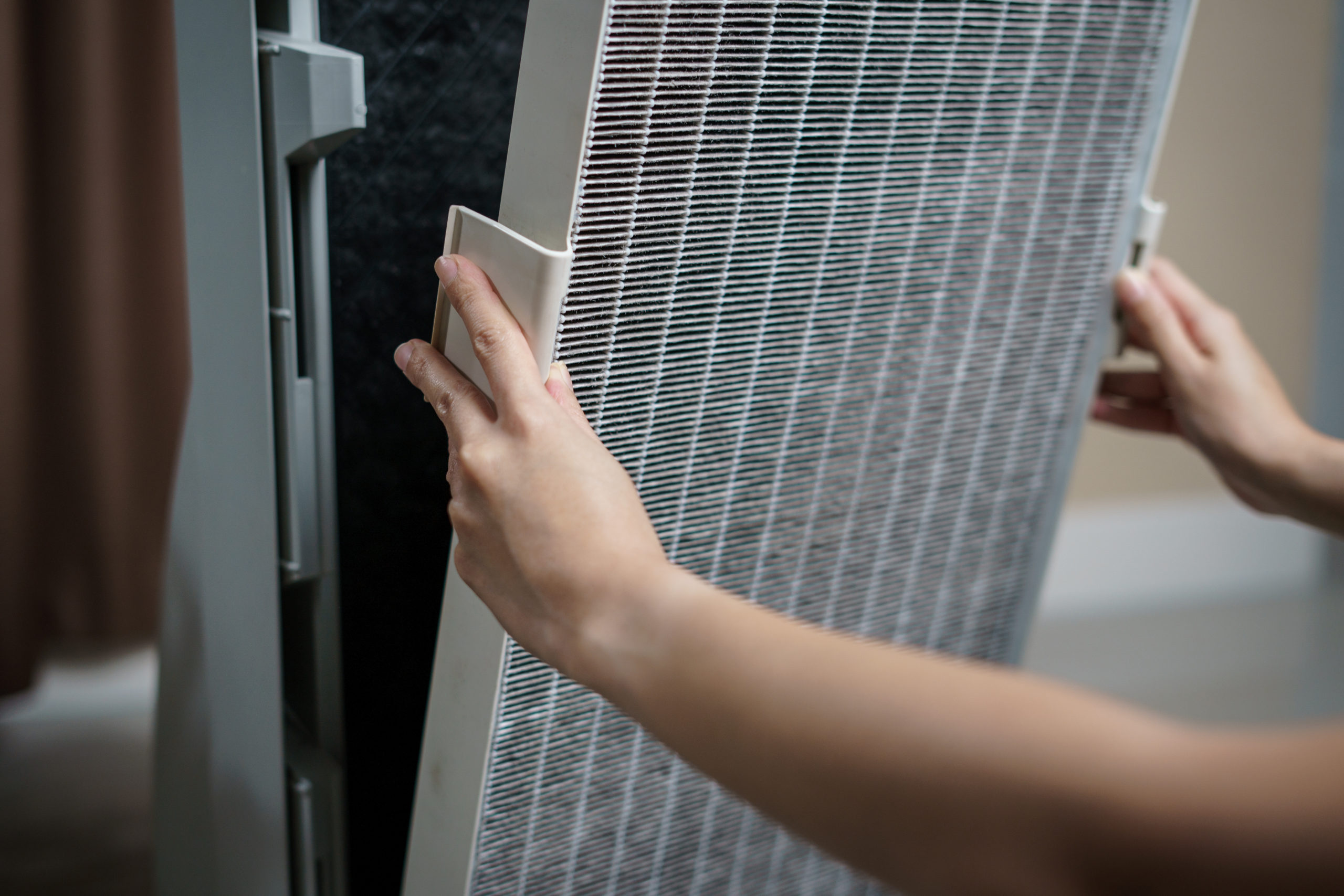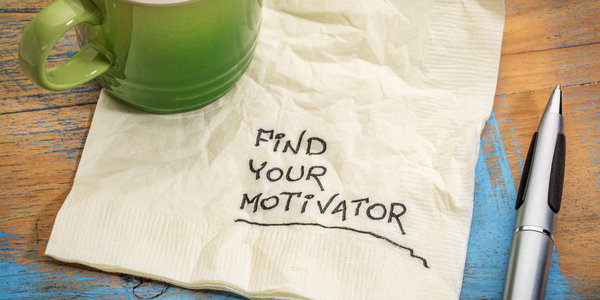When consumers don’t care about your company’s green or healthy cleaning, use these best practices to freshen up your marketing message…and polish it to a shine!
Consider this: at the 2012 ISSA InterClean Trade Show, the members of the Update on the State of the Residential Cleaning Industry panel endorsed the assertion that “cleaning for health” is important to cleaning business owners but the desire for something beyond “making it look good” hasn’t yet started to come from consumers. A year earlier, national green cleaning franchise Maid Brigade conducted a consumer survey that revealed that only 10% of consumers are concerned that the professional cleaning routine help in maintaining or improving their health.
[EasyDNNnewsToken:Left Justify Embed 300 x 250]With the alarming increase in cases of “conquered” diseases such as measles and whooping cough as well as the growing trend against childhood vaccination, our modern society desperately needs to seek out new ways of protecting both the public health and our health in our more private spaces. That’s where cleaning companies have an opportunity to become a critical service industry rather than simply a luxury.
A “cleaning for health” philosophy has earned the “mixed message” moniker within the cleaning industry. On the one hand, cleaning businesses flock to support and clean for applicants through the national organizations like Cleaning for a Reason and Cleaning for Cancer as well as local organizations like Cleaning Angels and Absolutely Clean. These groups help to provide free or reduced-fee professional cleaning in the homes of individuals to reduce the toll of regular house cleaning on those who are sick; individual cleaning companies take this a step farther by ensuring for recipients of these services an environment as close to germ-free as possible because their immune systems are weak from their condition or treatment.
At the same time, many cleaning companies actively seek ways to reduce the amount of time each routine cleaning takes, potentially compromising their claims of sanitizing and disinfecting as they skimp on dwell times or use fewer cloths to remove contaminants.
The Worst Definition of “Clean”
Industry veteran Jim Harris further explains the low importance both consumers and cleaning professionals place on cleaning for health: “We make cleaning judgments based on our eyes and nose; we can see when the most obvious dirt and dust is removed and when things are tidied, and we can smell the cleaning chemicals which we have been taught means the room is clean. Because people can’t see many types of microscopic bio-contaminants, they don’t know they’re there to cause illness, and the unpleasant odor of poor cleaning is often disguised with fragrance. Unfortunately there is a great body of ignorance about how to clean to stay healthy.”
The bottom line, Jim points out, is that people aren’t going to buy or pay extra for something they think they already get from traditional house cleaning.
Good Germs versus Bad Germs
Another roadblock in the path of a cleaning for health movement is the Hygiene Hypothesis, also known as the Old Friends Hypothesis, which is the idea that our bodies require good bacteria to motivate our natural body processes (i.e., gut flora for digestion) and bad bacteria to motivate our immune systems to activate and develop. One well-accepted theory to explain the increase in illness and allergies, especially among children, is that in industrialized societies which place a high value on sanitation, refrigeration and vaccination, we have deprived our immune system of a proper “education.” Over-disinfection in medical and home settings have been cited as a contributing factor to this problem, which is another reason the “cleaning for health” philosophy is difficult to adopt and implement.
Is “Too Clean” Actually Bad for You?
In “Eating off the Floor: How Clean Living is Bad for You,” scientist and blogger Dr. Rob Dunn wrote “Microbes happen.” Dunn goes on to deliver the reality that amateur and professional germophobes fear most: “This is a good moment to point out what is obvious to microbiologists but not to the advertising agencies who tell us to kill the germs, namely that it is not possible to ‘kill the germs,’” Dr. Dunn writes. “The world is dense with other species. Every inch of every thing around you right now is covered in living cells, cells that make do with what you leave them. Your only choice in terms of how you affect these other species, this universal, shimmering, majority, is a choice of which of them to favor and which to disfavor.”
Dr. Dunn points out two pertinent issues regarding cleaning in his book The Wild Life of our Bodies: Predators, Parasites and Partners That Shape Who We Are Today. There is no denying we are surrounded by microbes. Could it be that the absence of microbes and parasites rather than the presence of a specific “assailant” is causing our problems with modern chronic diseases? In addition, too much cleaning of our climate-controlled, insulated living environments may be good for pathogens, or bad bugs, because it decreases microbial diversity. Rooms with a greater diversity of germs tend to have fewer potentially dangerous germs. Thus, having a diversity of bacteria present in your home may provide you with a healthy immune system and “outcompete” the dangerous germs.
However, as Dr. Dunn writes, “Scientists may have discovered that clean living is bad for you. The idea is supported so far by the data, but key tests have not been done and it is important to point out that really dirty living is bad for you too. Really dirty living gives you Cholera. Scientists agree you don’t want that.”
A New Job Description for the Cleaning Industry
That leaves the cleaning professional in a quandary, navigating a highly subjective balance. As an industry, we are neither medical professionals charged with providing sterile environments to prevent illness nor are we micro-biologists who know the difference between the good and the bad dirt and germs. Instead, our job is three-fold:
Cleaning business owners and technicians need to actively seek credible sources of information on cleaning and its effect on health, extending to both the consumer and the cleaning technician.
Cleaning businesses – perhaps the industry at large – should develop and implement best practices in both cleaning procedure and service descriptions/expectation.
Cleaning businesses – and definitely the industry at large – must work together to educate the consumer, as much for the advancement of the industry as for the growth of our individual businesses.
Defining a Cleaning for Health Philosophy
Let’s begin with defining what cleaning for health is. In “Unraveling the Mystery of Cleaning for Health,” Matthew Stowe writes, “Cleaning for health can mean different things to different people. For some, cleaning for health is entirely synonymous with green cleaning. Its goal is to protect the environment, janitorial workers, and building occupants from the effects of harsh cleaning chemicals by using green, non-toxic alternatives that promote environmental sustainability and indoor air quality. For others, cleaning for health may incorporate some of the above, but is centered on a more mainstream medical model of cleaning. Cleaning for health from this standpoint hinges on disinfecting properly in order to stop the chain of infection.”
Stowe also points out that hospital cleaning processes are the most rigorous examples of cleaning for health, and not necessarily appropriate for most homes and buildings. The ultimate goals of cleaning for health are to stop the chain of infection to keep all occupants of the building healthy and safe from illness, keep the people who do the cleaning safe and healthy by training and providing appropriate non-toxic chemicals and equipment for the job, and maintain the appearance of building surfaces and objects by using non-corrosive and non-damaging equipment properly.
The International Scientific Forum on Home Hygiene has developed a risk-based approach to home hygiene called “targeted hygiene” which concentrates on disinfecting only the most high risk areas of homes and buildings, also called high-touch zones or hand contact surfaces: door knobs, light switches, elevator buttons, food contact surfaces, bathroom appliances and cleaning utensils. By focusing their disinfection efforts on these surfaces, cleaning technicians can interrupt the chain of infection while still allowing normal exposure to non-harmful germs.
Both Jim Harris and Dr. Elizabeth Scott make some excellent suggestions for minimum competency skills and knowledge required for those involved in the cleaning industry on how to clean for health:
Cleaning Technicians:
As Jim Harris says, the person doing the cleaning is the only one with control of the cleaning function. Cleaning is a skill and cleaning technicians must be trained on how to do it correctly and why it is important to do correctly. Doing it wrong can not only cause damage to surfaces (which may make them more likely to harbor germs) but also spread infection. Dr. Scott recommends that at this level cleaning technicians should be able to:
Demonstrate they understand how to safely clean and disinfect a surface and at the same time target the use of disinfectants for high risk surfaces and thereby minimize their use in low risk surfaces.
Demonstrate an understanding of the potential for cross-contamination via rags and mops, etc., and adopts practices to minimize this risk both within a house and between homes.
Demonstrate a knowledge of cleaning chemicals, how to dilute chemicals, mixes that should be avoided.
Demonstrate an understanding of the infection potential in the home setting and the importance of hand contact surfaces and food contact surfaces in the transmission of infection.
Demonstrate the ability to discuss and explain the importance of what they do and why they are doing it with clients.
Sales/Estimate Staff:
Your customer service staff, especially those who engage in sales and estimates, have the strongest opportunity to begin educating consumers about the positive health benefits of a clean home or office. In addition to being fully educated and trained cleaning technicians, these staff should seek additional information from potential clients. This will enable them to inform prospective customers about how professional cleaning makes their home less likely to harbor hidden germs that can make them sick. The staff should be responsible for all knowledge recommended for cleaning technicians, plus:
Add questions to your estimate questionnaire to find out generally the health, ages, and allergy status of the home’s occupants; this becomes an excellent opportunity to identify and explain the safety of any cleaning and disinfecting products you use.
Ask if anyone in the home has recently been ill; this becomes and excellent opportunity to introduce the chain of infection concept and emphasize how regular professional cleaning is a strong tool against “recycling” illness in the home and back at school or work.
Develop talking points based on research about cleaning for health – what it is and why it is important.
Use various testing tools to demonstrate to homeowners the current level of soil or microbial contamination, emphasizing that there’s more to cleaning than just what they can see. Some tools available for in-home testing demonstrations include ATP meters and particle counters.
Operations Managers, Trainers/Inspector, Owners:
In most cleaning companies, there is a small group of leaders responsible for establishing the cleaning procedure; this group ideally should have and constantly seek to improve his/her body of knowledge of both “dirt” and “germs/bacteria” types of contaminants, what surfaces they are most likely to be found on, and how to both safely and effectively clean and disinfect those surfaces. This is an extremely tall order, as Bruce Vance’s article on emerging surfaces and cleaning challenges illustrates. In essence, these leaders need to know “everything,” but their special areas of knowledge include
Taking steps to protect your workers from exposure to chemical allergens, etc.
Educating yourself in the science of cleaning. Apply knowledge from training and proper cleaning processes to truly clean with an eye towards keeping building occupants healthy.
Making sure your cleaning processes and methods are effective and based on accurate research and best practices.
Training, training, training – educate all employees who interact with the client or customer.
It’s hard to swallow when Jim Harris proclaims that “[we] have done a horrible job of truly creating a well-trained and knowledgable workforce. Low entry requirements into the profession and the assumption that anyone can clean have a lot to do with this.” The best-trained people in the entire industry are carpet technicians, says Harris. Entire companies of carpet technicians regularly attend trade shows and absorb all the technical information, allowing them to answer clients’ questions because they have devoted time to gaining knowledge and are excited about and proud of their certifications. The knowledge and skills are not “restricted” to the company owner. The carpet industry and IICRC have driven this pride in the skills and knowledge of that industry, which has become the hallmark of a conscientious cleaning technician and a good employee.
The constant addition of legitimate certification and training opportunities is another avenue to enable knowledge-based movements like cleaning for health and green cleaning. The following covers both well:
House Cleaning Technician (HCT) Certification
Green Cleaning University
Cleaning Industry Management Standard (CIMS)
Marketing Your Cleaning for Health Philosophy
When done right, cleaning for health is a way for cleaning companies to differentiate themselves from their competitors and to actively respond to societal concerns about environmental safety and human health. When it comes down to it, the cleaning for health philosophy is an umbrella for a number of different potential specialty cleaning movements; one can argue that green cleaning, chemical free cleaning, and natural/organic cleaning are all variations on cleaning for health.
Use targeted marketing techniques to gain awareness and acceptance within different groups of consumers with specific health conditions who can enjoy immediate benefits from health-sensitive cleaning: reduced or no-smell products, reduced or no use of aerosol products, measurable dust/dirt/pet hair removal, etc.
Provide specialty service options or add-on services to achieve health-related results; for example, consider adding dust mite and bed bug control using EPA-recommended dry steam vapor with TANCS.
Making a Change for the Cleaning Industry
Research continues to emerge from the medical community suggesting that various ingredients in cleaning and personal hygiene products contribute to the early onset and increased frequency of a number of medical conditions, including asthma, allergies, cancers, reproductive challenges and more. As Allen Rathey of the Healthy Facilities Institute likes to say, the little things are the big things in health – small amounts of bad stuff matter: “If you’re not cleaning by actually removing soils, microbes and toxins, and preventing them from depositing in the first place, then you are polluting. We in the cleaning industry clean, we do not pollute. We remove stuff that’s bad for people, and yes, we make things look great, too! And you won’t pay a penny more in the long run, maybe less if you consider fewer sick days, fewer allergic reactions, and ultimately lower medical costs. To clean for health is preventive medicine. How much is good health worth?”






